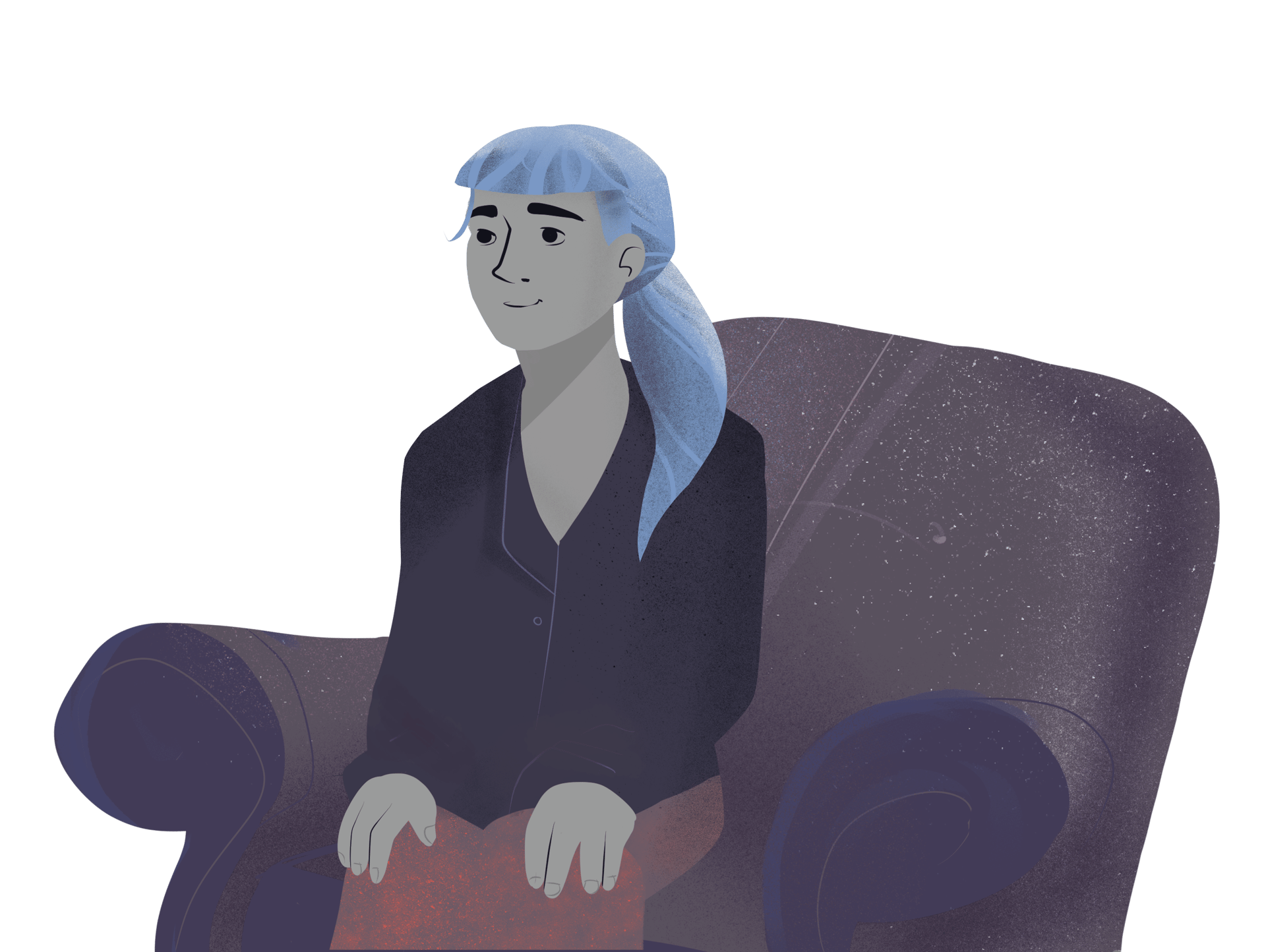Structuring
the Session
in CBT

This blog describes some key components of a CBT session. The information will guide you in structuring your therapy for session two and beyond.

The structure of a CBT session commonly looks like this:
- Check in and mood
- Set the agenda
- Review homework
- Bridge - make links from previous session
- Skills teaching
- Summary
- Homework task
- Bridge - make links from previous session
- Skills teaching
- Summary
- Homework task
CBT is a structured treatment with a flexible approach. However, having a general structure to guide session content is an important part of CBT sessions. This structure can add to confidence in the therapy process by tracking goals, creating an action plan so the client and therapist are clear on their directives, and allowing the client to identify if their goals are not being met so the therapist can alter treatment.
The structure of a CBT session commonly looks like this:
- Check in and mood
- Set the agenda
- Review homework
The structure of a CBT session commonly looks like this:
- Check in and mood
- Set the agenda
- Review homework
- Bridge - make links fromprevious session
- Skills teaching
- Summary
- Homework task


One of the first steps of the structure of a CBT session is doing a check-in with the client that allows them to identify any issues they have had in the past week and the impact on mood.
Once you have this summary of the client's experience, you can use this to set an agenda for the session, the second step of the session structure.
Kevin Chapman explains the importance of setting an agenda and its purpose in the following clip.

Set the
Agenda

The homework review also provides invaluable information for you about your client. These learnings include the knowledge you gain from them doing the task or the information you can gain by exploring why they might not have completed the task.
Working through the homework task in se ssion may give you and the client insights into what might be going wrong in the cognitive, emotional or behavioral systems that will add to the conceptualization and treatment plan.
Homework


Next you provide
the "bridge"




The bridge is a key part of how CBT maintains a structure throughout therapy. It involves the therapist pointing out and discussing how the last session links with the current session.
The bridge also links the past and current session content to future session content. The bridge involves bringing things back into the context of the overall plan and ensuring the client is informed every step of the way.
Linking sessions using the bridge approach includes discussions on skills learned previously and skills to be learned in upcoming sessions. Through this process, the client can consolidate learnings from previous sessions and consider the uses of future techniques before they are applied in treatment. The bridge supports the client by breaking the learning of a new skill or technique into graduated steps linked to the overall plan.
The Bridge

Summary
Now you can summarize outcomes from the session, which may include linking skills to their past homework task and how this session's homework task will help them progress in treatment. In that way, everything you do in the current session with the client connects to what you have already done and discussed and what you will be doing next. Once the homework task is agreed on, you have completed your CBT session.




There are some cautions we need to consider with implementing a structure. These warnings will help you ensure the client feels heard and understood while also feeling confident and clear about the ongoing plan for treatment. Hear what David Tolin has to say about effectively implementing structure in the following clip.
Hear what David Tolin has to say about implementing structure in an effective way in the following clip.

Cautions
Cautions

Return to...

If you’re ready to move on to the next section of the course, just click the close button at the top right-hand corner